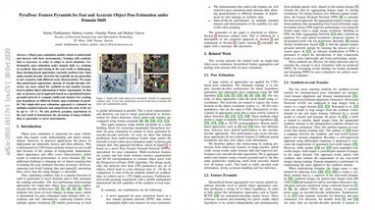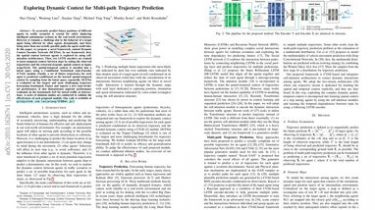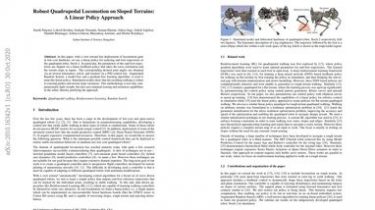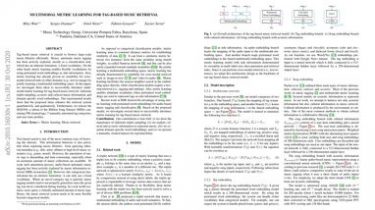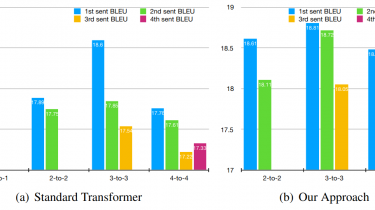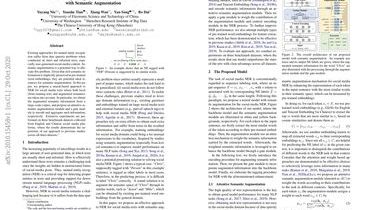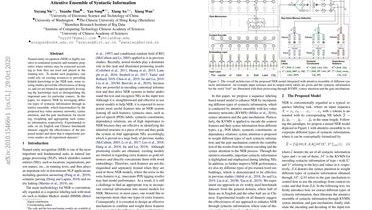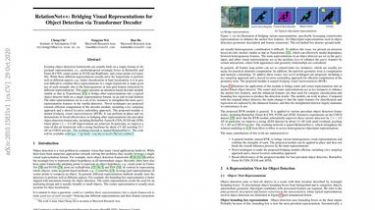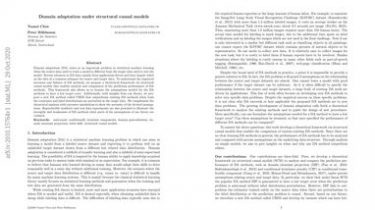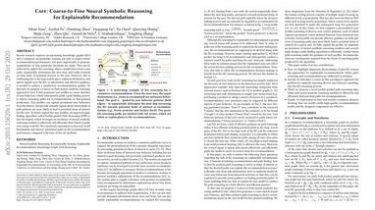PyraPose: Feature Pyramids for Fast and Accurate Object Pose Estimation under Domain Shift
Object pose estimation enables robots to understand and interact with their environments. Training with synthetic data is necessary in order to adapt to novel situations… Unfortunately, pose estimation under domain shift, i.e., training on synthetic data and testing in the real world, is challenging. Deep learning-based approaches currently perform best when using encoder-decoder networks but typically do not generalize to new scenarios with different scene characteristics. We argue that patch-based approaches, instead of encoder-decoder networks, are more suited for synthetic-to-real […]
Read more